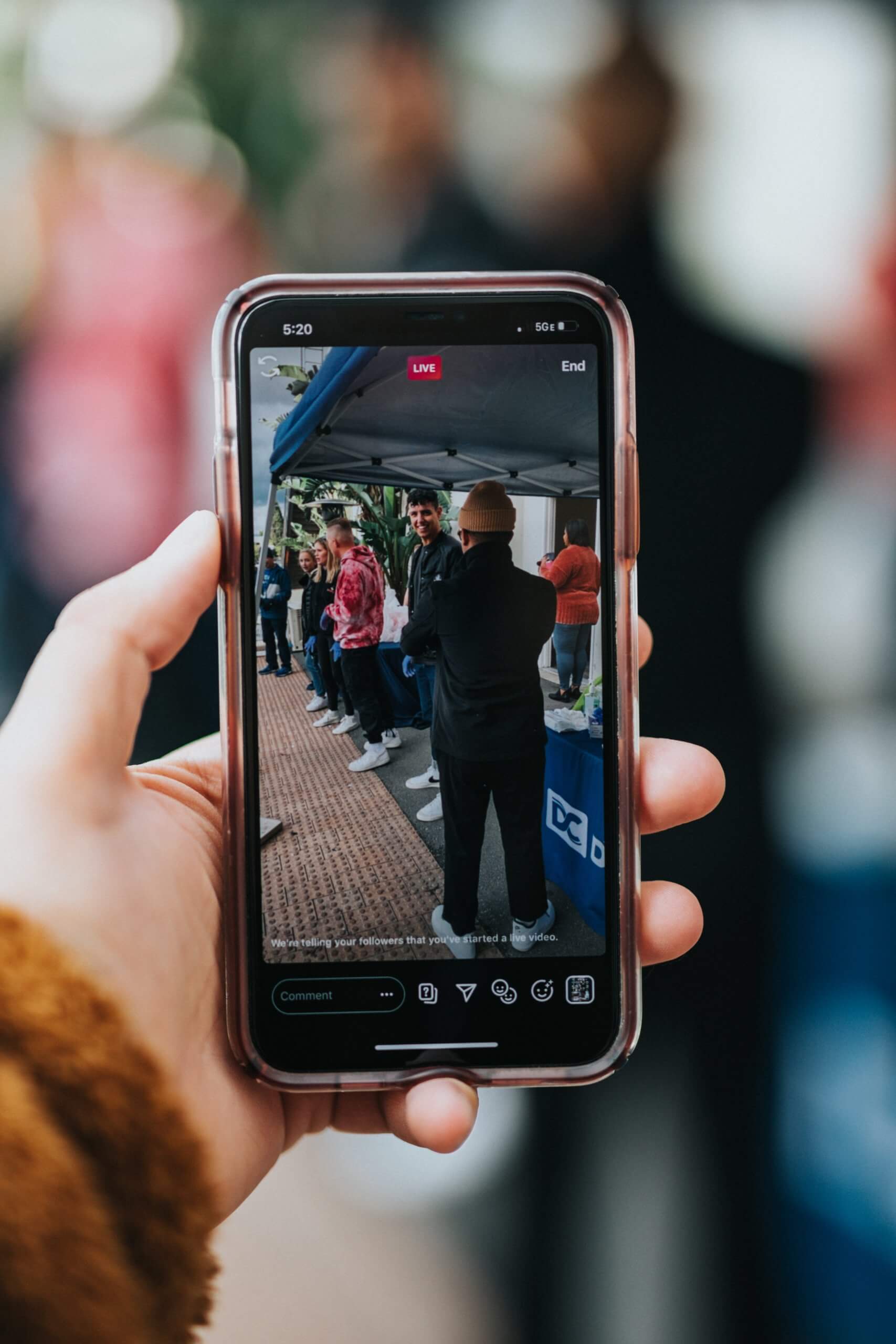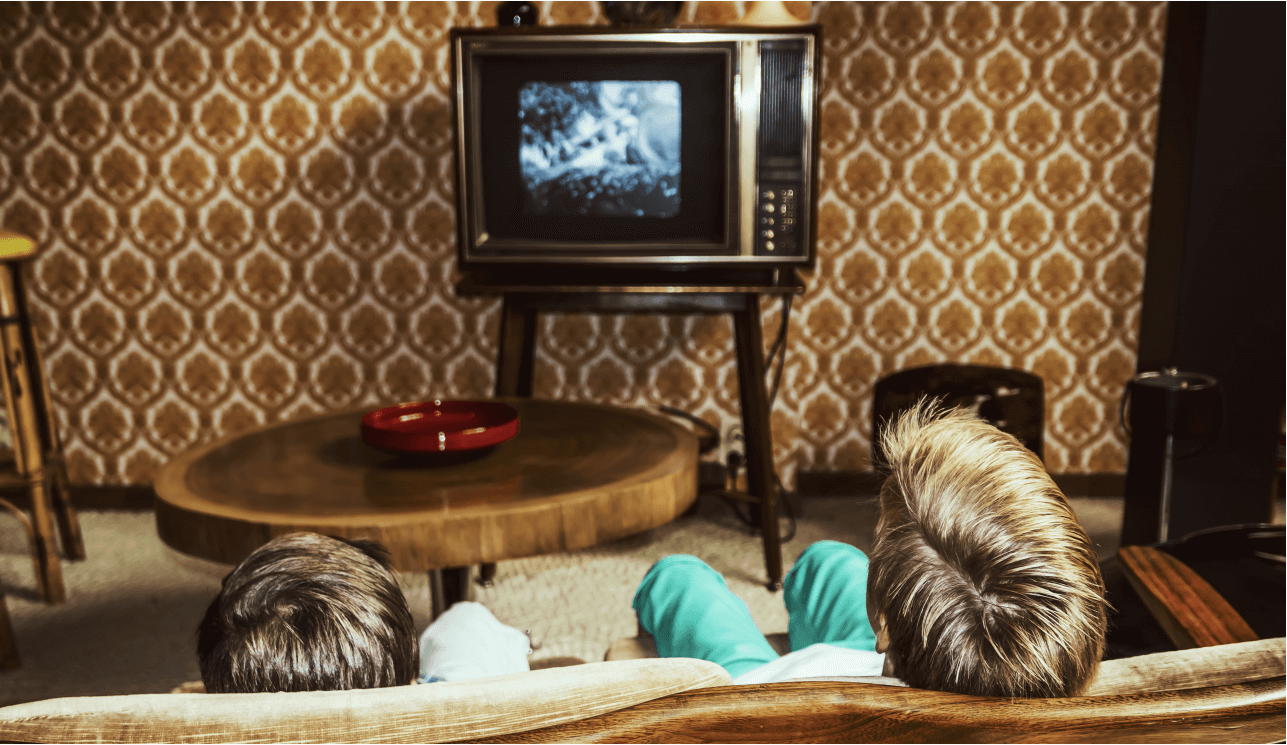
If you’ve read the first part of our What Your Brand Needs To Know About Live Streaming On Social Media blog post, you know social media interest around live streaming has dramatically increased during the pandemic. You even know which social media platforms are most associated with this increased interest. However, understanding what live streaming content is most effective on which social media platform? That’s what this blog post is for.
Here by platform, is a best practices primer on where your live streaming content would be the most appropriate.
When Brands Should Be Using YouTube For Live Streaming
Considering how YouTube is the social media platform most associated with video, and has so many different options around video, it’s the social platform where there’s the most situations where live streaming through them makes sense. For example, it’s easy to use around fundraisers, you just need to verify your phone number and check off a pre-approved charitable cause. YouTube has frequently been used by brands to raise money for charitable causes during the pandemic, such as the One World: Together At Home fundraiser, The Actors Fund’s #StarsInTheHouse fundraising series which reunited casts like Desperate Housewives, and the Preservation Hall Jazz Band livestream fundraiser.
YouTube is also being used for sponsorship opportunities around livestreams, such as American Express sponsoring a livestream with Alanis Morissette and the Broadway cast of Jagged Little Pill which got over 250,000 video views on YouTube; and for virtual premieres. For example Hyundai premiered the all new TUCSON on YouTube, generating 20K views in the first 3 hours it was up.
When Brands Should Be Using Twitch For Live Streaming
One of the biggest advantages of using live streaming through Twitch is Amazon Watch Parties. Thanks to corporate integration, as long as everyone involved has an Amazon account, they can view Amazon’s library of movies and TV shows together through Twitch, commenting in real-time. For example, the Jenna & Julien podcast hosted a Knives Out watch party on their Twitch channel.
Since Twitch is a social platform extremely focused on gaming, brand live streams with a strong gaming angle should be hosted there. Tony Hawk, skateboarder and star of the Tony Hawk’s Pro Skater 1 and 2 video game, appeared in a Chipotle livestream on Twitch that gave away 5,000 burritos and generated 61,403 total views. Additionally, as Twitch is a platform whose audience skews younger, it’s also ideal for live streams targeting a younger demographic, such as when We Bare Bears creator Daniel Chong Live streamed the movie’s premiere on Twitch. Even fashion is experimenting with Twitch, as Burberry is live streaming their Spring/Summer 2021 show there.
When Brands Should Be Using Twitter For Live Streaming
While Twitter powered by Periscope does offer the ability to stream live video, for brands the biggest value Twitter offers brands around live streaming is amplifying the public conversation for watch parties, as opposed to streaming video directly. For example, there were 35,055 Tweets using the hashtag #DickinsonAtHome on July 30, 2020 around Hailee Steinfeld hosting a Twitter watch party of Dickinson’s first episode. Between May 11 – August 11, 2020 there were also 10,381 Tweets using the hashtag #MaiselMonday around a weekly watch party for season 3 of The Marvelous Mrs. Maisel which was followed by a live Q&A on Amazon Live; while a Michelle Obama Tweet about a global watch party for her Netflix show Becoming generated 39,529 responses.
Overall, between March – August 2020, there were 858,794 Tweets mentioning a Watch Party.
When Brands Should Use Facebook For Live Streaming
Facebook is a platform that proportionally has a larger percentage of older users, and along those lines, it makes the most sense to live stream content there that can appeal to an older demographic. That often means live streaming sports related content, for example The Chicago Blackhawks streaming a training camp scrimmage or Heineken promoting a Champions League pregame show. Facebook is also a great live streaming platform for older musical acts such as Hampton Water sharing a Jon Bon Jovi concert on Facebook or The New Kids On The Block live streaming. Essentially if you’re targeting an audience older than millennials, Facebook should be viewed as a key live streaming platform.
When Brands Should Use Instagram For Live Streaming
Musical content and beauty tutorials both tend to do especially well on IG Live, so when brands find a way to combine the two, that’s an especially sweet spot for marketers. For example, Megan Thee Stallion generated 5.8 million views on a Revlon makeup tutorial she shared while Fenty Beauty generated over 100,000 views for a DJ set they live streamed for Juneteenth.
When Brands Should Use TikTok For Live Streaming
TikTok is all about cool visuals and engaging (often lip-synced) audio. To that point, TikTok recently announced that they will be live streaming two fashion shows a week, from brands like Louis Vuitton and Alice + Olivia while they also premiered a special augmented-reality, live-streamed concert from The Weeknd. Meanwhile Sarah Cooper, who lip-syncs an impersonation of President Trump has become the platform’s breakout star, while drag content such as the #MyPride Realness livestream also performs well. For brands that want to stand out around TikTok live streaming, finding clever ways to mash up visuals and audio is a must.
Conclusion
Live streaming is a communication tool that’s increasingly being embraced on social media, but it’s also important for brands to realize that audience expectations around live streaming can vary drastically from platform to platform. Having a bird’s eye view of what live streaming content is performing best in which contexts is critical in putting together your live streaming strategy.
Want more ListenFirst insights around live streaming best practices? Request a demo today!


